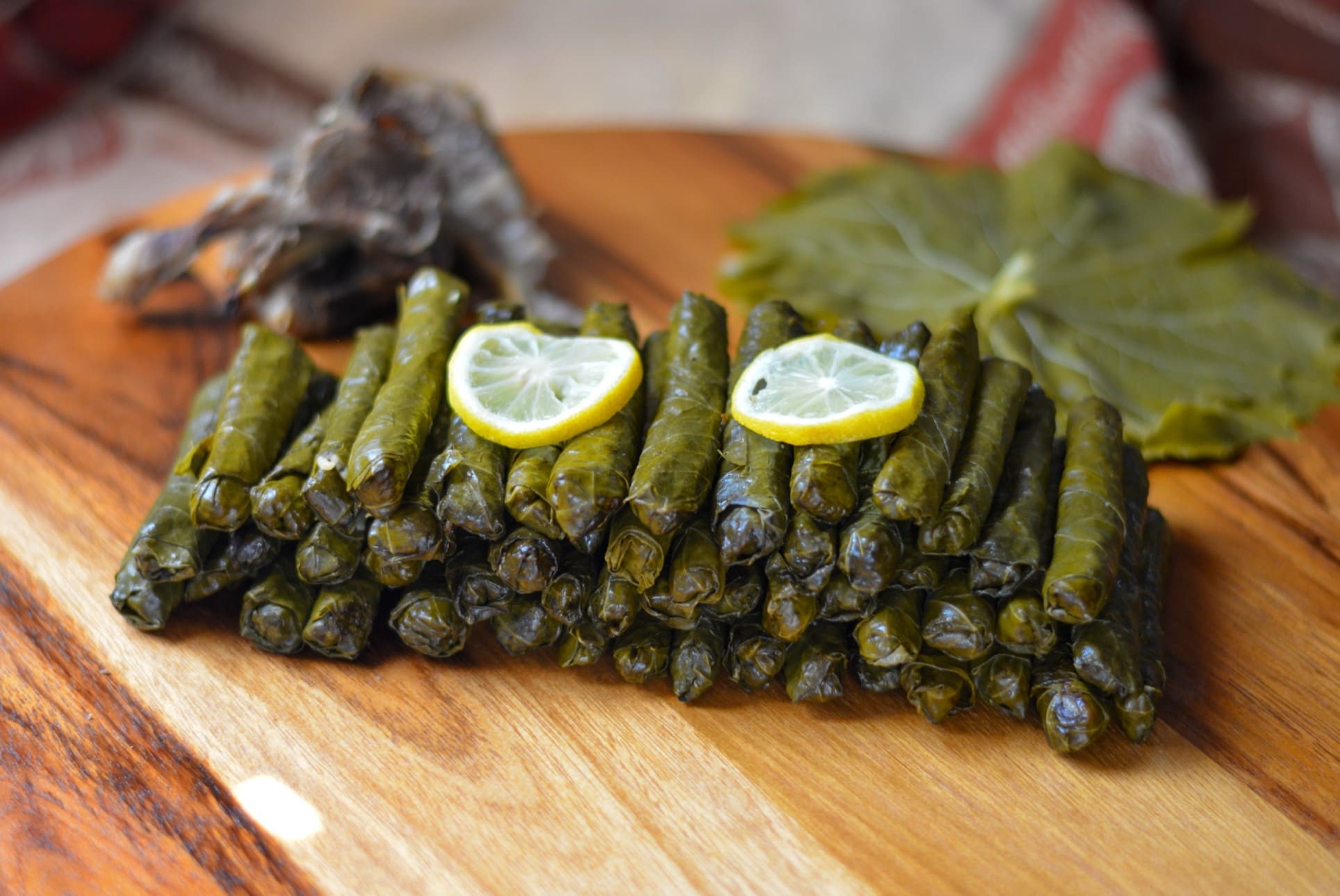
Grape leaves are more than just a wrapping for delicious dolmas. These leafy greens pack a punch with their unique history, nutritional benefits, and culinary versatility. Did you know that grape leaves have been used in Mediterranean cuisine for thousands of years? They are rich in vitamins A, C, and K, making them a healthy addition to your diet. Beyond their nutritional value, grape leaves also contain antioxidants that help fight inflammation. Whether you're a foodie looking to expand your palate or someone interested in natural health, grape leaves offer something for everyone. Ready to learn more? Here are 20 fascinating facts about grape leaves that will leave you amazed!
Key Takeaways:
- Grape leaves are a nutritious addition to meals, packed with vitamins, antioxidants, and minerals. They can be used in salads, pickled, or as wraps for a tasty and healthy culinary experience.
- Growing grape leaves is easy and versatile. They can be harvested in late spring to early summer, preserved for later use, and are adaptable to various climates. Regular pruning ensures a good yield.
What Are Grape Leaves?
Grape leaves are the foliage of grapevines, often used in culinary dishes. They are popular in Mediterranean and Middle Eastern cuisines. Here are some fascinating facts about grape leaves.
-
Grape leaves are rich in vitamins A, C, K, and folate. These nutrients support vision, immune function, and blood clotting.
-
They contain antioxidants like beta-carotene, lutein, and zeaxanthin. These compounds help protect cells from damage.
-
Grape leaves are low in calories. One cup of grape leaves has only about 14 calories, making them a healthy addition to meals.
-
They have anti-inflammatory properties. This can help reduce inflammation in the body, potentially lowering the risk of chronic diseases.
-
Grape leaves are used to make dolmas. Dolmas are stuffed grape leaves, a traditional dish in many Mediterranean and Middle Eastern countries.
Nutritional Benefits of Grape Leaves
Grape leaves are not just tasty; they are packed with nutrients that benefit your health. Let's explore some of these nutritional benefits.
-
They are a good source of dietary fiber. Fiber aids in digestion and helps maintain a healthy gut.
-
Grape leaves contain iron. Iron is essential for producing red blood cells and preventing anemia.
-
They provide calcium. Calcium is crucial for strong bones and teeth.
-
They are rich in magnesium. Magnesium supports muscle and nerve function, as well as energy production.
-
Grape leaves have potassium. Potassium helps regulate blood pressure and supports heart health.
Culinary Uses of Grape Leaves
Grape leaves are versatile in the kitchen. They can be used in various dishes, adding unique flavors and textures.
-
They are often used in salads. Fresh grape leaves can be chopped and added to salads for a tangy taste.
-
Grape leaves can be pickled. Pickled grape leaves are a popular snack in some cultures.
-
They are used in soups and stews. Grape leaves can be added to soups and stews for extra flavor and nutrition.
-
Grape leaves can be used as wraps. They are perfect for wrapping rice, meat, or vegetables.
-
They are used in teas. Grape leaf tea is known for its potential health benefits, including aiding digestion.
Growing and Harvesting Grape Leaves
Grape leaves come from grapevines, which are relatively easy to grow and harvest. Here are some interesting facts about growing and harvesting grape leaves.
-
Grape leaves are best harvested in late spring to early summer. This is when they are tender and flavorful.
-
They can be grown in various climates. Grape vines are adaptable and can thrive in different environments.
-
Grape leaves should be picked before they become too tough. Younger leaves are more tender and suitable for cooking.
-
They can be preserved for later use. Grape leaves can be blanched and frozen or pickled for long-term storage.
-
Grape vines need regular pruning. Pruning helps maintain the health of the vine and ensures a good yield of leaves and grapes.
Grape Leaves: A Tasty and Nutritious Addition
Grape leaves aren't just for stuffing. Packed with vitamins A, C, K, and fiber, they offer a healthy boost to any meal. These leaves have been used in Mediterranean cuisine for centuries, adding a unique flavor and texture. They're low in calories but high in antioxidants, which can help fight inflammation and support heart health.
Cooking with grape leaves is easy. You can use them fresh or preserved, and they pair well with a variety of fillings like rice, meat, and herbs. Whether you're making dolmas or adding them to a salad, grape leaves bring a touch of history and nutrition to your table.
So next time you're looking for a healthy, versatile ingredient, consider grape leaves. They're not just a wrapper; they're a powerhouse of nutrients and flavor.
Frequently Asked Questions
Was this page helpful?
Our commitment to delivering trustworthy and engaging content is at the heart of what we do. Each fact on our site is contributed by real users like you, bringing a wealth of diverse insights and information. To ensure the highest standards of accuracy and reliability, our dedicated editors meticulously review each submission. This process guarantees that the facts we share are not only fascinating but also credible. Trust in our commitment to quality and authenticity as you explore and learn with us.


